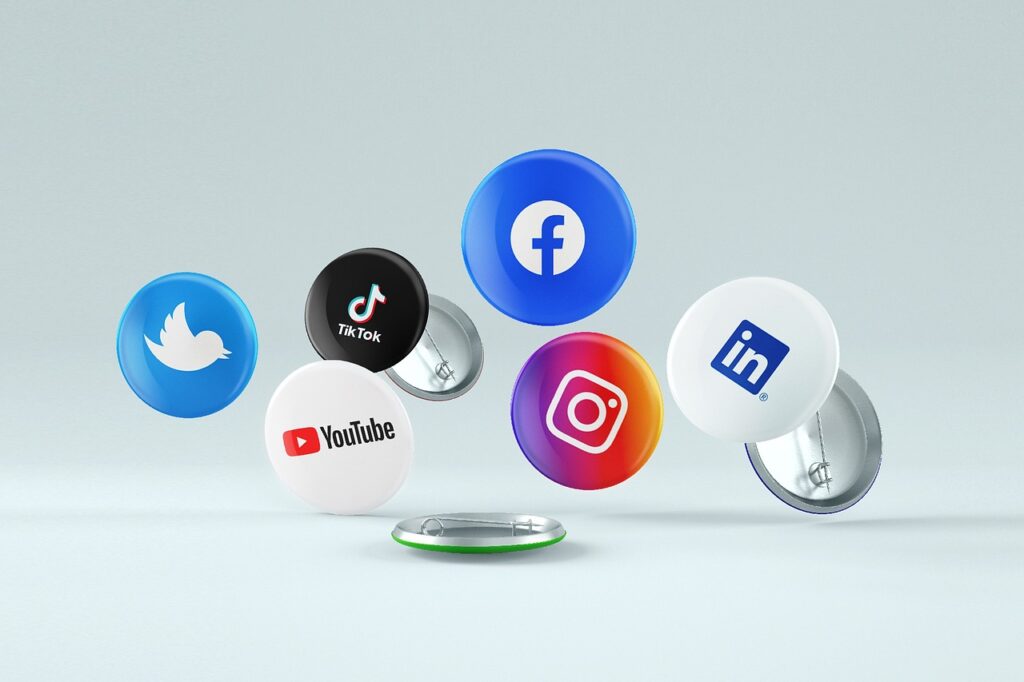How to Advertise a Product on Social Media

How to Advertise a Product on Social Media
Introduction
Advertising a product on social media can be a game-changer if done right. With billions of active users every single day, platforms like Facebook, Instagram, TikTok, Orah, and Twitter offer businesses the chance to connect with a global audience.
The beauty of social media advertising lies in its versatility. Whether you’re a small business owner or part of a big company, the right strategies can help you reach your target audience effectively without spending a fortune.
Here’s a detailed guide on how to advertise your product on social media successfully:
Understand Your Target Audience
The first step is knowing exactly who you’re selling to. What are their interests, demographics, and behaviors? For instance, if you are advertising beauty products, platforms like Instagram and TikTok, which are popular among younger audiences, might be your best bet. Use tools like Facebook Audience Insights or Google Analytics to gather data.
The better you understand your audience, the easier it becomes to align your message to their preferences. This will make your ads feel personal and relatable, thereby increasing engagement.
Pick the Right Platforms
Each social media platform has unique strengths:
Instagram: We all know that it is perfect for visual content. Use images, reels, and stories to showcase your product on Instagram and watch as your followers turn into customers.
TikTok: Great for short, creative videos that capture attention. The trick to making a viral video on TikTok is by compressing as much information as you would like to relay, into a short time. TikTok works the best for people with a shorter attention span, so make sure your video is short, yet with enough information to attract customers.
Facebook: Facebook is ideal for detailed ads and currently, you can get a wide base of older audiences on Facebook, so tailor your listings to match that demographic.
Orah: Orah is a sales platform in Nigeria that caters to diverse interests and local products. It is best for reaching a large customer base, if you’re just starting out.
Pinterest: Pinterest is well-known for aesthetic and DIY-related products. You don’t have to be on every platform—you just need to focus on where your audience spends the most time.
Create Eye-Catching Content
Content is everything on social media. To stand out, your posts need to grab attention immediately. Use vibrant visuals, short captions, and strong calls-to-action (CTAs). For example:
A bold image with the text, “Transform and Glow Your Skin in just 7 Days!”
A video demonstrating your product in action, paired with a caption like, “You won’t believe how easy this is!”
Keep experimenting with formats like carousels, reels, and polls to see what resonates most with your audience.
Leverage Influencer Marketing
Influencers are trusted voices within specific niches. Partnering with them can give your product credibility and expose it to their loyal followers. For example:
Send your product to micro-influencers (those with 10k–50k followers) who align with your brand.
Collaborate on a giveaway to generate buzz and engagement.
You should also research and ensure that the influencer’s audience matches your target demographic, so you don’t waste your resources and the creator’s time, only to reach people who wouldn’t care less.
Use Paid Advertising
Social media platforms offer robust paid advertising options to maximize your product’s reach. Start small with a daily budget and gradually climb higher once you see results. Some good advertising options include:
Facebook and Instagram Ads: They target specific groups based on age, location, and interests.
TikTok Ads: Use trending audio and hashtags to reach a younger audience.
Sponsored Posts on Orah: Tap into local markets effectively.
Paid ads can help you break through the noise and reach people who wouldn’t have seen your organic posts.
Optimize Your Profiles
Your social media profiles act as your storefronts. Make sure they are good looking and professional:
Use a high-quality logo as your profile picture.
Write a bio that highlights your product’s unique selling point. For instance, “Affordable, all-natural skincare made for YOU!”
Make sure you include a link to your online store or a product landing page.
Remember that a well-optimized profile builds trust and encourages potential customers to click through.
Engage with Your Audience
Social media is all about building relationships. Responding to comments, answering questions, and liking user-generated content can make customers feel valued. For instance, if someone tags your product in their post, share it on your stories and thank them.
This interaction humanizes your brand and makes people more likely to recommend your product to others.
Host Giveaways and Contests
Nothing drives engagement like free stuff. Create a giveaway where users have to follow your account, like the post, and tag friends for a chance to win your product. For example:
“Win a Year’s Supply of Our Best-Selling Snack Box! Here’s how to enter…”
Giveaways increase your visibility and bring in potential customers who might stick around even after the contest ends.
Track and Analyze Results
Consistency is key, but so is evaluation. Use analytics tools like Instagram Insights, Facebook Business Suite to see how your ads are performing. Pay attention to metrics like:
Engagement (likes, comments, shares), Click-through rate (CTR), etc. This will help you identify what’s working and refine your strategy accordingly.
Collaborate with Other Businesses
Team up with complementary brands to cross-promote products. For instance, if you sell coffee, partner with a brand that sells mugs or coffee machines. Joint campaigns can introduce you to a whole new audience while building credibility.
Post Consistently and at the Right Time
The timing of your posts can significantly affect engagement. You should learn to schedule posts during peak hours when your audience is most active. For example, early mornings and evenings often see higher engagement rates.
Consistency also helps you stay top-of-mind with your followers.
Offer Discounts and Flash Sales
Everyone loves a good deal. Announce discounts, flash sales, or exclusive social media offers to create urgency. For example:
“24-Hour Sale: 20% Off All Orders. Don’t Miss Out!”
Highlight these deals with eye-catching visuals and countdown timers so that immediate action is encouraged.
Highlight Customer Reviews and Testimonials
Social proof is powerful. Share positive reviews, testimonials, or before-and-after pictures to show potential customers that your product delivers on its promises. For example:
“See how Sarah transformed her hair in just one week with our hair treatment oil!”
This builds trust and makes people more likely to buy from you.
Experiment with Trends
Stay updated with social media trends to keep your content fresh and engaging. For instance, if a viral dance challenge is trending, find a creative way to incorporate your product into it.
This not only increases visibility but also makes your brand feel relevant and relatable.
Encourage User-Generated Content
Ask your customers to share pictures or videos of them using your product. Offer incentives like discounts or free shipping for those who participate. This not only builds community but also gives you free content to repost.
Conclusion
Advertising your product on social media doesn’t require a massive budget—just creativity, consistency, and a deep understanding of your audience.
By using the strategies outlined above, you can effectively promote your product and turn your followers into loyal customers. You’ll be surprised at how fast your sales can grow with the right approach.






[…] Promote on Social Media […]